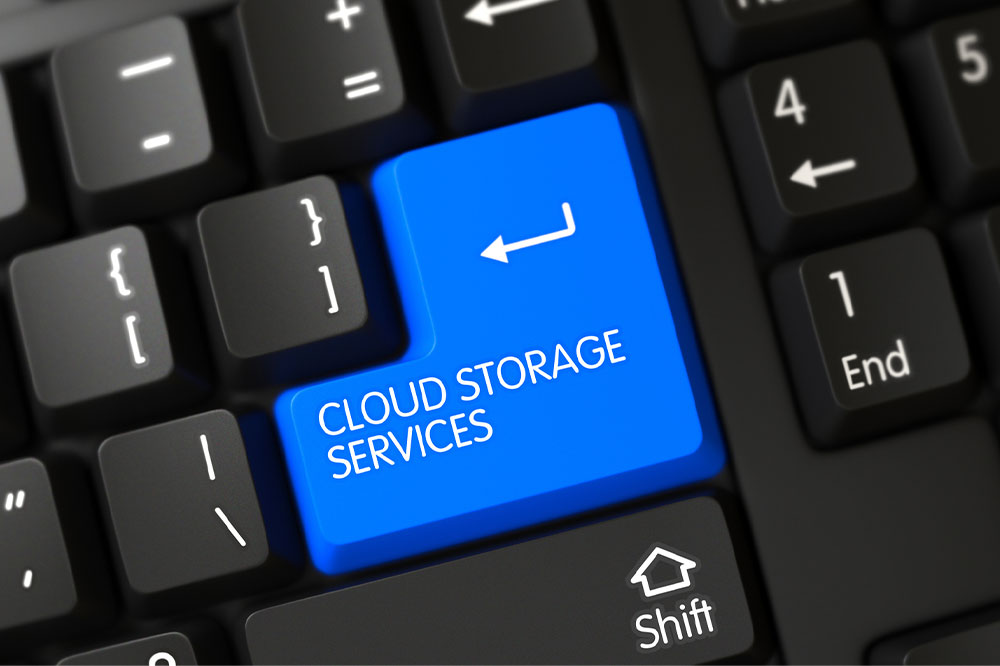Complete Overview of Cloud Data Integration Solutions for Modern Businesses
This comprehensive guide explores cloud data integration solutions vital for modern enterprises, covering benefits, challenges, key features, leading tools, and strategic advantages. It emphasizes how cloud-based platforms enable flexible, scalable, and secure data management, supporting digital transformation. Learn about hybrid models, security protocols, and top industry tools like IBM, Azure, and Dell Boomi, empowering organizations to optimize their data workflows and stay competitive in today's fast-paced digital environment.

Complete Overview of Cloud Data Integration Solutions for Modern Businesses
In today’s rapidly evolving digital landscape, businesses across all sectors are increasingly relying on cloud computing and advanced data management platforms to stay competitive and innovative. The ability to seamlessly integrate data from multiple cloud sources has become a critical component of enterprise strategy. Cloud data integration refers to the use of secure, scalable platforms that unify various data streams, combining traditional data processing with modern, cloud-native approaches. This integration simplifies data management, accelerates migration processes, and facilitates real-time analytics, all while reducing reliance on heavy hardware investments.
Defining Cloud Data Integration
Cloud data integration involves leveraging specialized cloud-based platforms to parse, transform, and unify data originating from a myriad of sources, including cloud services, on-premises systems, and hybrid environments. These platforms ensure data security through encryption and compliance measures while offering unparalleled flexibility. They are designed to support both cloud and local infrastructure, enabling organizations to migrate existing systems smoothly and maintain ongoing data workflows without the need for additional hardware investments or complicated software installations.
Utilizing cloud infrastructure empowers organizations to benefit from elastic scalability, which means they can dynamically adjust server capacity based on demand without costly hardware upgrades. Cost-efficiency is another significant advantage, as cloud platforms reduce maintenance costs associated with traditional on-premises data centers. Additionally, centralized resource management promotes better collaboration among geographically dispersed teams, breaking down silos and enhancing overall data governance.
The Core Advantages of Cloud Data Integration
Automation: Automating workflows minimizes manual intervention, leading to faster data processing and fewer errors, thereby improving overall efficiency.
Data Reduction: Cloud platforms help eliminate redundant data storage, which not only simplifies data management but also significantly cuts storage expenses.
Scalability and Flexibility: Organizations can scale their data processes seamlessly, enabling rapid innovation and adaptation to changing business needs.
Support Models for Cloud Data Integration
Native Cloud Integration
This model involves deploying data integration tools directly within cloud environments, offering high flexibility and scalability for dynamic data workflows.
Hybrid Cloud Integration
This approach supports interoperability across multiple public cloud providers and on-premises systems. It leverages a variety of tools, including big data solutions, open-source software, and SaaS interfaces, to facilitate seamless data movement across diverse environments.
Challenges Faced in Cloud Data Integration
Data Transfer Complexity: Moving large volumes of data between sources can be time-consuming and error-prone without meticulous planning and proper orchestration.
Unstructured Data Handling: Processing unstructured data requires extra cleansing and formatting, which can slow down workflows.
Standardization Issues: Lack of standardized protocols may necessitate frequent schema updates and connector adjustments to maintain compatibility.
Synchronization Difficulties: Ensuring data consistency across multiple cloud environments can be complicated, especially with real-time processing needs.
Key Features of Cloud Data Integration Platforms
Compatibility with Multiple Clouds
Enabling interoperability across various cloud providers allows organizations to adopt hybrid and multi-cloud strategies effectively.
Comprehensive Toolsets
Most platforms provide a unified interface with diverse tools for data extraction, transformation, loading, and management, reducing the need for multiple disparate systems.
Enhanced Security Measures
Features such as encryption, data masking, and secure certificates safeguard data both at rest and during transmission, ensuring compliance with industry standards.
Top Cloud Data Integration Tools in the Market
Qubole
Popular for its open data lake platform, Qubole supports machine learning models, real-time streaming, and big data analytics, offering flexible workloads and significant cost benefits.
IBM DataStage
This solution provides scalable ETL (extract, transform, load) capabilities suitable for integrating heterogeneous enterprise data sources across cloud and on-premises systems.
Azure Data Factory
Microsoft’s cloud-based data integration service enables creating, scheduling, and managing data pipelines connecting various on-premises and cloud services like Azure SQL databases and Blob storage.
PieSync
Specialized in real-time two-way contact data synchronization between cloud applications, reducing manual data entry errors and saving valuable time.
Dell Boomi
This low-code platform simplifies complex integrations with pre-built connectors, supporting data transfers across legacy systems, cloud applications, and hybrid environments.
Pentaho
Known for its data analytics, reporting, and data science functions, Pentaho offers a customizable architecture suitable for diverse cloud integration tasks.
TIBCO Cloud™ Integration
Supports hybrid and Internet of Things (IoT) integrations with intuitive interfaces suitable for users with varying technical expertise.
Cloudera
Provides an enterprise data cloud platform capable of managing vast and diverse data sources, enabling actionable insights and advanced big data analytics.
IBM App Connect
This tool supports both real-time and batch data integration across numerous applications, whether on-premises or cloud-based, ensuring seamless data flow.
Snaplogic
A no-code, AI-driven integration platform offering over 400 connectors and sophisticated workflow automation features tailored for complex enterprise environments.
As the landscape of data ecosystems continues to expand, cloud data integration stands out as an essential strategy for securing, managing, and utilizing data efficiently. It fosters smarter decision-making, enhances collaboration, and supports the agility needed in today’s competitive markets, making it indispensable for modern organizations seeking digital transformation success.





